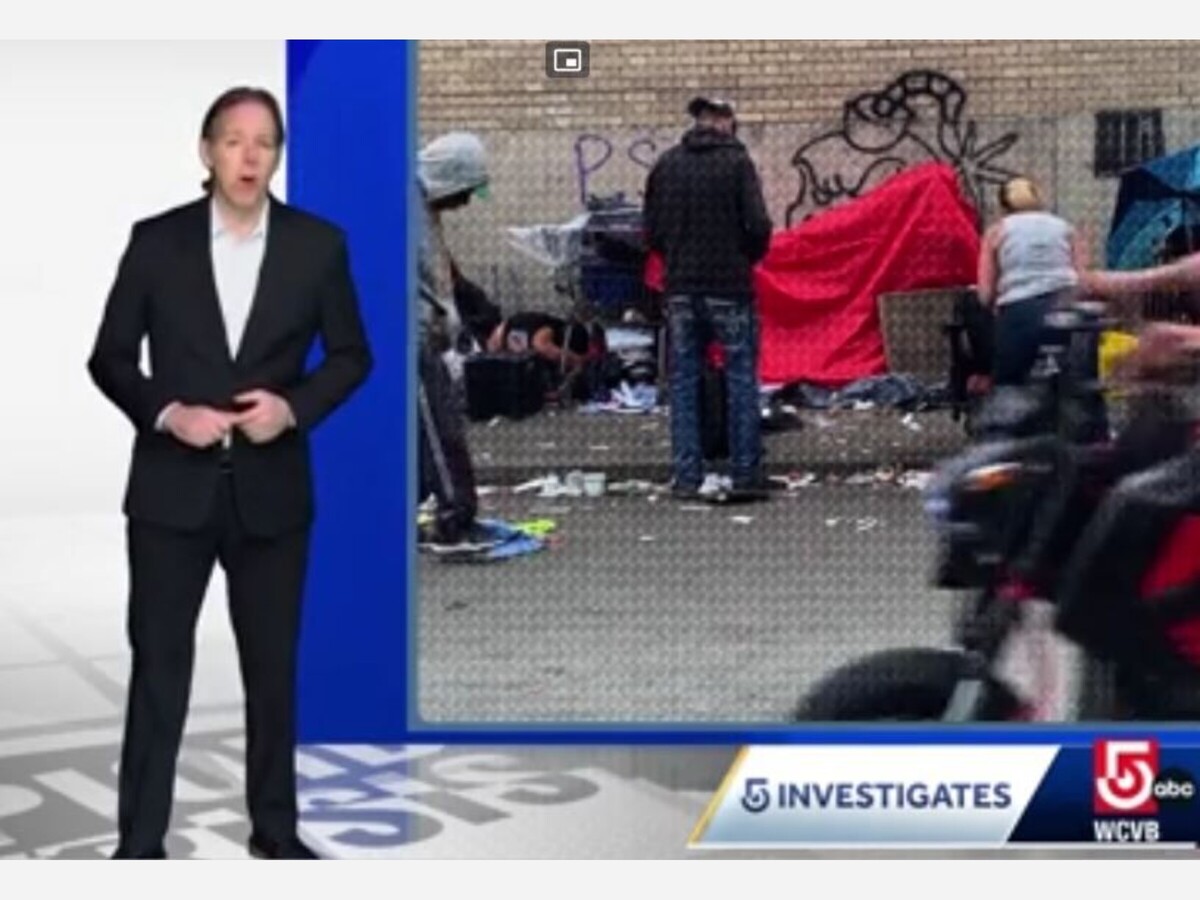Image

According to an investigative report recently broadcast by WCVB, the state’s individual municipalities are way behind on using the $80 million dollars allotted to them under multiple “settlements” with pharmaceutical companies that have been judged to have contributed to the opioid abuse problem
These settlements are expected to eventually total about $1 billion, funds that are mandated to be spent on things like prevention, harm reduction, and treatment with 60% going to the state and the rest mostly going to cities and towns.
According to WCVB's investigation, Franklin, only spent about 24 percent of the $430,000 it has been given so far, while suffering five opioid deaths. Similarly, WCVB said that Medway had spent only about 8 percent of the $185,000 it received while suffering two opioid deaths
But town officials says ‘not so fast.’
According to Franklin Town Administrator, Jamie Hellen, the Town has in fact allocated 100% of the money that it has received per recent Town Council actions.
“I suspect WCVB's story or data may not reflect the recent votes, which would make sense as reporting to the state is twice a year and the vote was only a couple of weeks ago,” Hellen said. The next round of reporting will show these votes as allocated, even though the funds may not be spent by the various providers to which they are being channeled. “The funds allocated will not be spent all in 2025 and will extend out into further years,” he added. [See the
February
5th memo and resolution that was unanimously approved by the Council.]
A similar story is provided by Medway Health Agent Derek Kwok, who noted that opioid abatement funds only became available for use in Medway after appropriation by approval of town meeting on November 13, 2023. “Even as we received abatement monies prior to November 13, 2023 (in FY23 and early in FY24), we were not allowed to expend them until approval at town meeting. We had however,” already started our planning process to bring services to our town. We were able to execute contracts to start expending funds in January 2024, Kwok explained.
Medway currently has three contracts with organizations for use of opioid abatement funds, Kwok said. These organizations are SAFE Coalition, Massachusetts Clubhouse Coalition, and Community Impact. Along with these contracts, I’ve also been contacted by our school’s local substance use prevention coalition, who expressed the need for funding in future years. We intend to work with our local substance use prevention coalition to ensure funds are available when that time comes.
Medway plans to be mindful when expending these funds. Estimated settlement payments for Medway are higher in early years (especially in the first two years) but payments are expected to decrease over time. To continue the services we’ve brought to town, monies should not be fully expended in early years, Kwok stressed.
“We cannot allocate money not received yet and some lawsuits and settlements are still pending, Hellen said However, Hellen added, any future revenues would be recommended to maintain the staff within the Division in the Police Department that has the three mental health clinicians.
Noting the controversy stirred by WCVB’s report, SAFE Coalition also sent out a statement on the subject.
SAFE Coalition, which is headquartered in Franklin, has worked with over a dozen communities in Massachusetts to advise, coordinate, and deliver community services related to opioid abatement funds. “Families and individuals who have been impacted by the opioid epidemic deserve these funds to go to support and recovery,” said SAFE CEO and co-founder Jen Levine. “We want to help make that process as quick and seamless as possible.”
Opioid fund expenditure plans are incredibly specific, she noted; seeking impact through seven key strategies including supporting people in treatment and recovery, building greater connections to care, offering harm reduction (like Narcan, fentanyl test strips, and safe syringe programs), supporting parents and families, and preventing misuse through prevention education.
SAFE has a team dedicated to understanding this expenditure strategy and working with municipalities to get it right the first time, she said. “We can appreciate how this unique funding source can create gaps in municipal knowledge related to spending,” Levine says. “Our hope is to bridge that knowledge gap so funds can be allocated according to set timelines and expectations.”